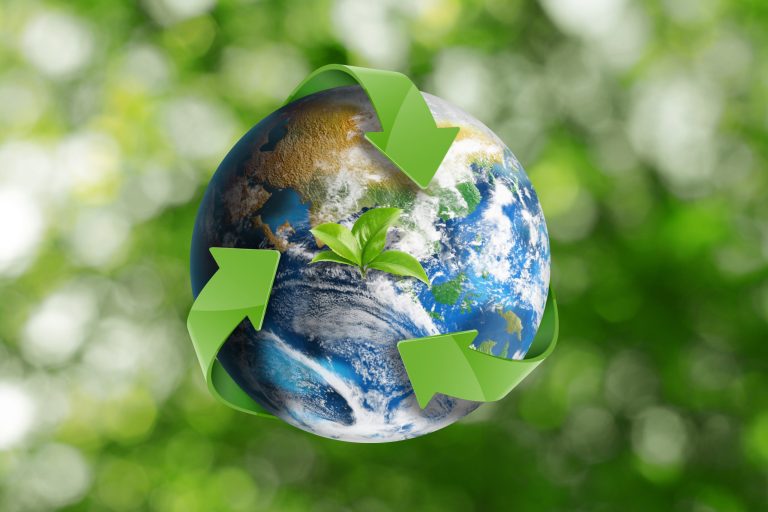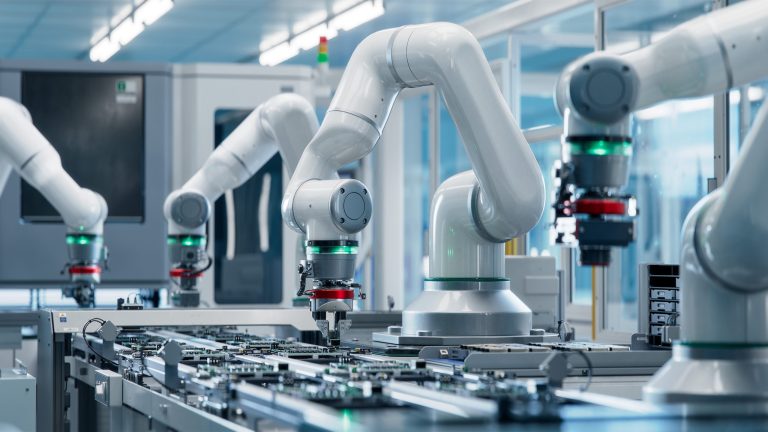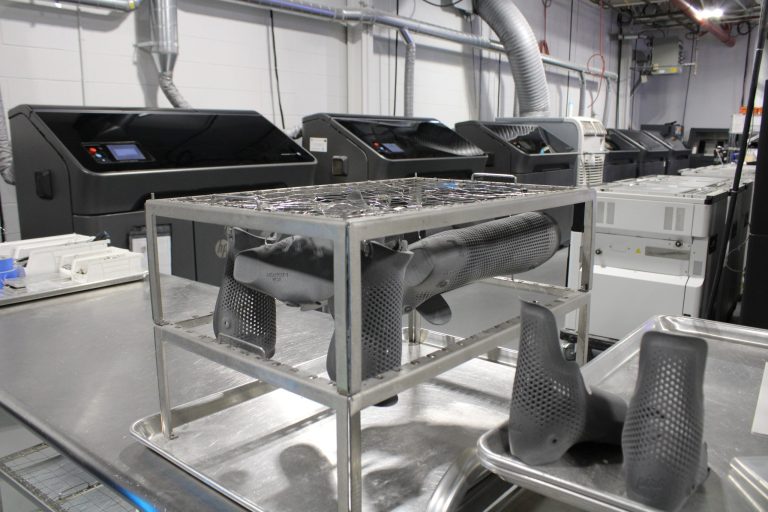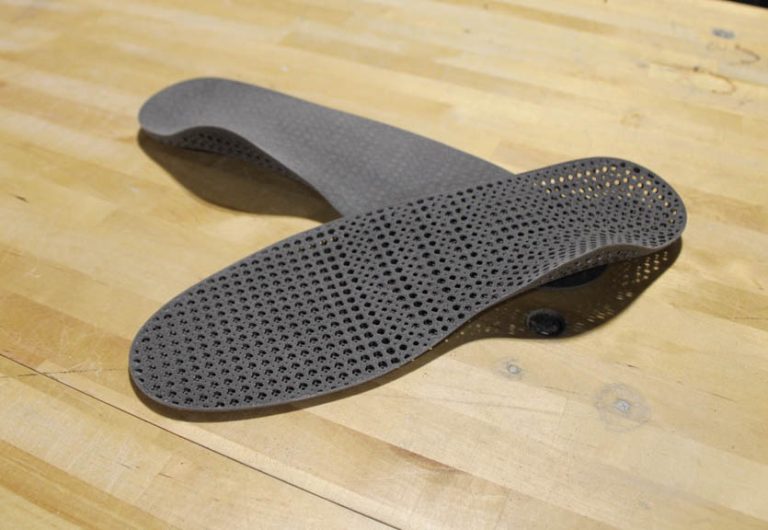Latest News: ABCorp 3D Receives ISO 13485 Medical Device Certification. Learn More.
3D Printing in Automotive: Advancing the Industry
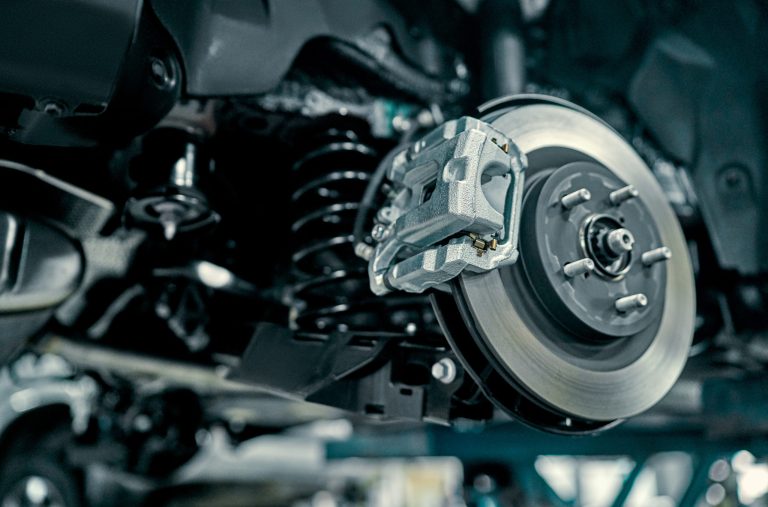
From faster production times to lighter, more durable parts, 3D printing capabilities provide a number of benefits to automotive manufacturers.

